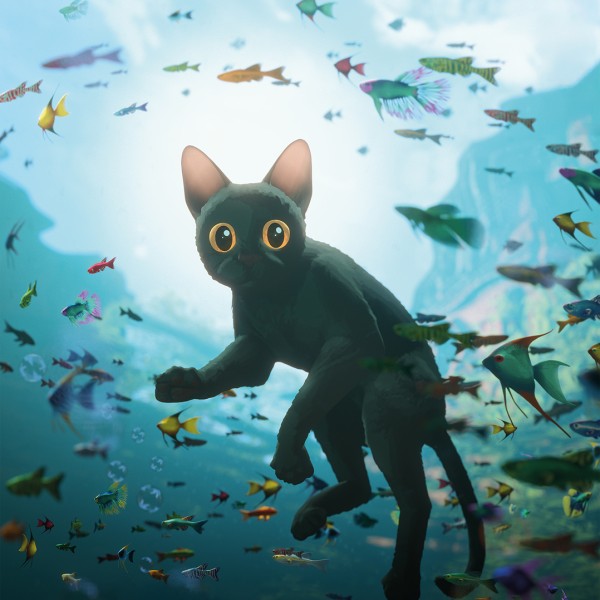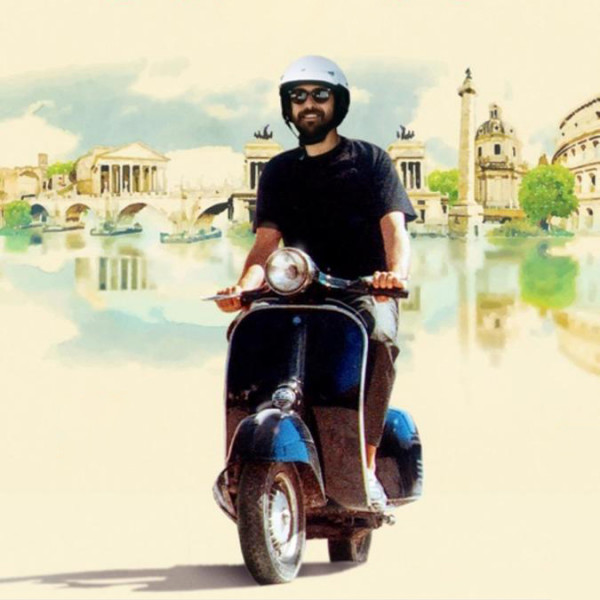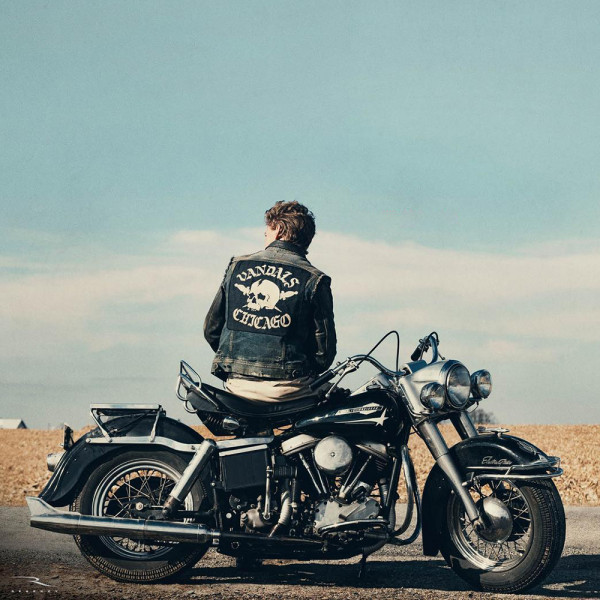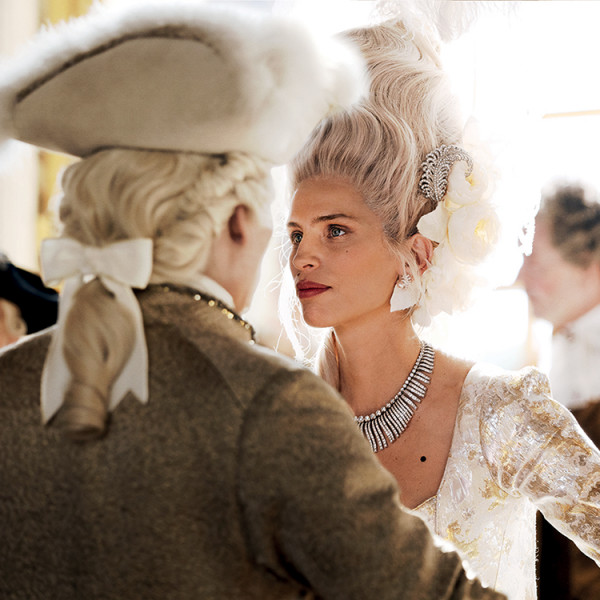
Tinā received not just one, but two standing ovations at its Wellington premiere on the 18th of February. Due for release on the 27th of February, I highly recommend you bring a tissue (or two) with you to the cinema.
The feature directorial debut from Samoan-born Wellington-bred filmmaker Miki Magasiva is equal parts funny and tear-jerking, tender and tough-loving, presenting a beautiful ode to Samoan culture and a touching tribute to mothers everywhere.
Meaning mother in Samoan, Tinā follows the story of Mareta Percival (Anapela Polataivao) who is grieving the death of her daughter in the Christchurch earthquakes. Unexpectedly becoming a substitute teacher at a rich, private school, Mareta finds the students in desperate need of guidance and care, prompting her to provide inspiration and support in the way she knows best: through choir and song.
Carried by the force of nature that is Polataivao, the cast of Tinā shines in both the humorous and heartbreaking moments, with Antonia Robinson perfectly capturing Sophie’s inner turmoil and healing journey and Wellingtonian Jamie Irvine in top form as deputy principal Peter Wadsworth, a character equal parts odious and cringey… but in the best, most hilarious way.
Magasiva’s script is carefully woven together with Sébastien Pan’s thoughtfully curated score of Kiwi classics and Samoan traditional. The result is a patchwork tapestry of song as tightly and lovingly bound as an ie toga (Samoan fine mat). Costume designer Sacha Young and production designer Ana Miskell come together to craft a cohesive world of sombre greys at the private school to juxtapose the vibrant and floral environment inhabited by Mareta, creating a very physical manifestation of our protagonist’s positive influence.
My favourite aspect of Tinā was how the story drew us in. Like a mother, it welcomed us into its world and included us without reservation, cheered us through the joys of life and cradled us safely through the difficult times. A movie so tender and powerful is rare; treasure Tinā like you would your own mum.












